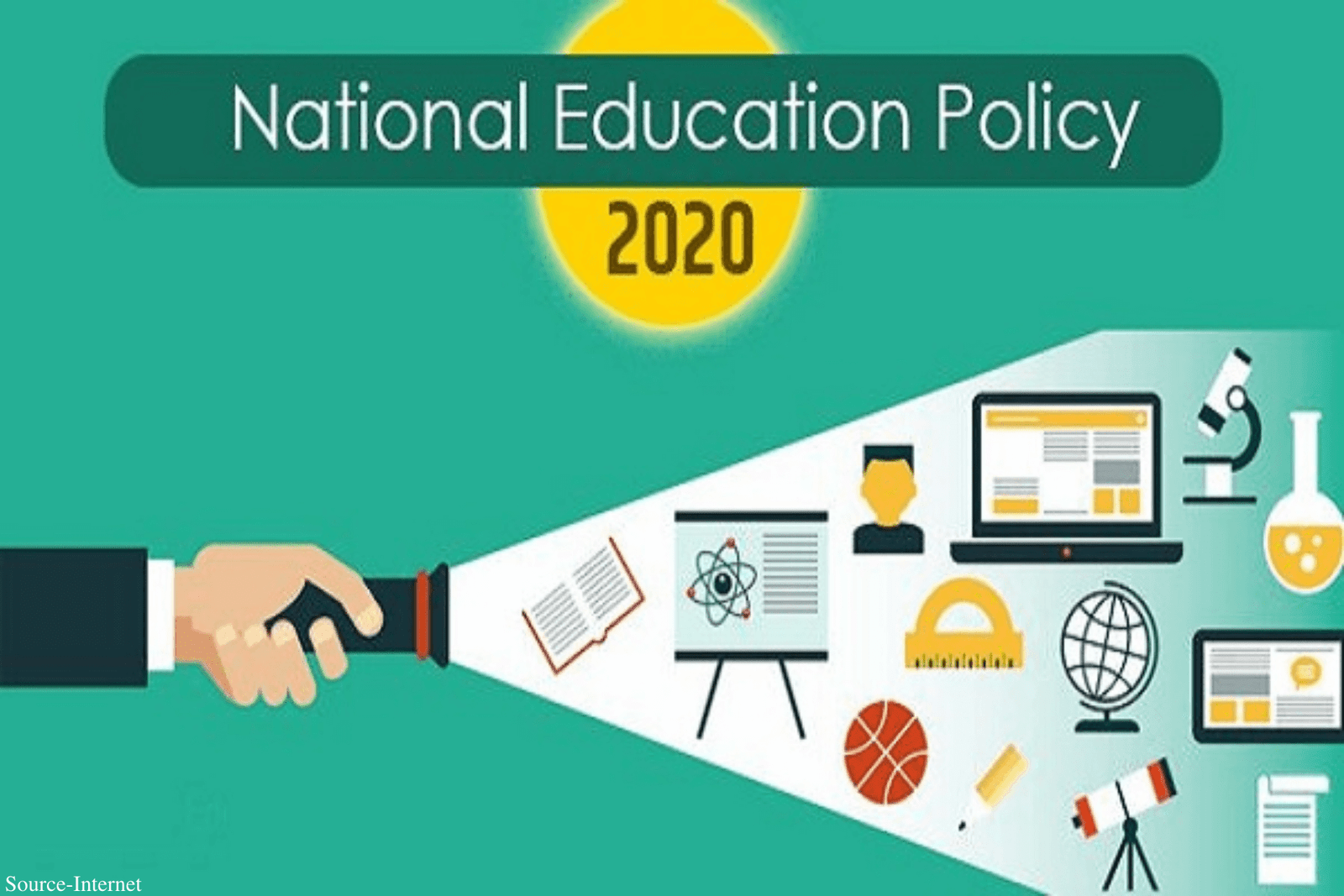
10 important aspects of National Education Policy (NEP)-2020
The government has announced a new educational policy after 30 years, which was approved by the cabinet and released on 30th July 2020.
Naturally, it was not welcomed by all the sections of the society as it has its own merits and demerits, here we are going to discuss features of this much awaited policy.
1. One of the key changes which NEP will implement is the setting up of a ‘single overarching umbrella body for the entire higher education’, Higher Education Commission of India (HECI). This body will replace autonomous bodies like University Grants Commission (UGC), All India Council of Technical Education (AICTE), and National Assessment and Accreditation Council (NAAC).
2. NEP has abolished “10+2” structure of school education with the new pitch i.e. “5+3+3+4” design. It says that the age group of 3-5 will get pre-school education, age 3-8 would be the foundation stage, 8-11 will be preparatory, 11-14 middle stage and then 14-18 will be secondary stage. This may give children an overview of higher education from a very young age, hence they will be prepared for the high school regime and be less scared of the higher education system.
3. Under the four-year programme proposed in the new NEP, students can exit after one year with a Certificate, after two years with a diploma, and after three years with a bachelor’s degree. This system provides students multiple entry and exit options. These programmes will also include research work therefore the students will get a better knowledge of their subject or major.
4. No strict division of arts, commerce, and science streams in high school. Students will be given increased flexibility and choice of subjects to study, Co-curriculum, and vocational subjects like sports, arts, commerce, science will be treated at the same level. Students can opt for courses as per their preference. There will be no hard separation among ‘curricular’,’ extracurricular’, or ‘co-curricular’, among ‘arts’, ‘humanities’, and ‘sciences’, or between ‘vocational’ or ‘academic’ streams.
5. Raise in funding for the education sector: An ambitious target of public spending at 6% of GDP has been set. Mobilizing financial resources will be a big challenge, given the low tax-to-GDP ratio and competing claims on the national exchequer of healthcare, national security, and other key sectors. The Centre and the States will work together to increase the public investment in the Education sector to reach 6 percent of GDP at the earliest.
6. The National Testing Agency (NTA) will offer a high-quality Common Aptitude Test (CAT), as well as specialized common subject exams in the sciences, humanities, languages, arts, and vocational subjects, at least twice every year for university entrance exams.
7. Students will get a 360-degree holistic report card, which will not only inform about the marks obtained by them in subjects but also their skills and other important points. They will be provided a chance for self-assessment wherein they’d have to tell the progress they feel in themselves at the end of the year. The report would be more based on their self-introspection and the evaluation by their peers.
8. Top 100 Foreign Universities from among the in the world will be able to set up campuses in India. This will lead to an infusion of international perspective and innovation, which will make the Indian education system more efficient and competitive.
9. A new and comprehensive National Curriculum Framework for Teacher Education, NCFTE 2021, will be formulated by the NCTE in consultation with NCERT. By 2030, the minimum degree qualification for teaching will be a 4-year integrated B.Ed. degree.
10. Credit bank: An Academic Bank of Credit (ABC) shall be established which would digitally store the academic credits earned from various recognized HEIs so that the degrees from an HEI can be awarded taking into account credits earned. Departments in languages, literature, music, philosophy, Indology, art, dance, theatre, education, mathematics, statistics, pure and applied sciences, etc. Credits will be given in all Bachelor’s Degree programs for these subjects if they are done from such departments or through the ODL mode when they are not offered in-class at the HEI.


